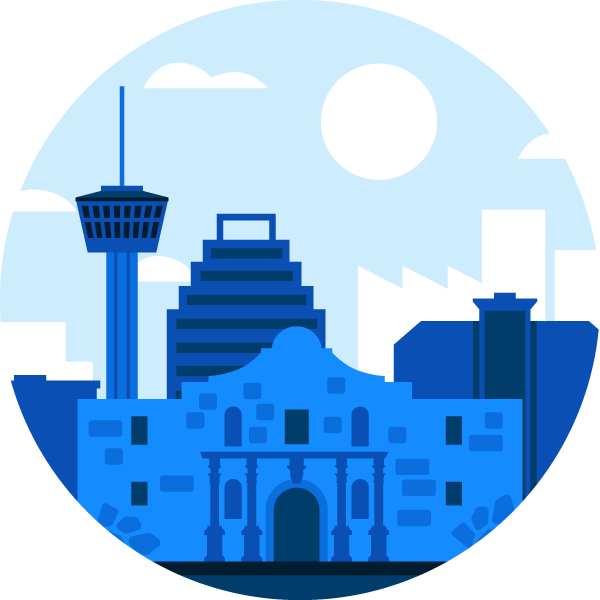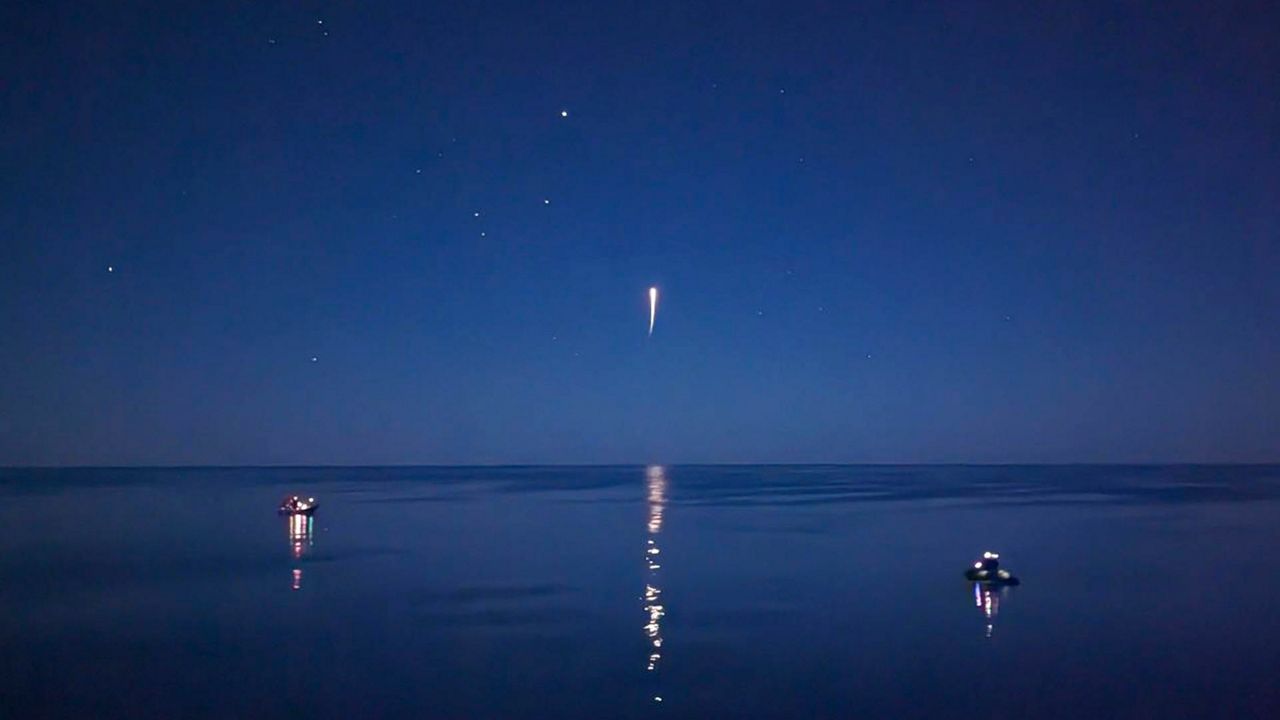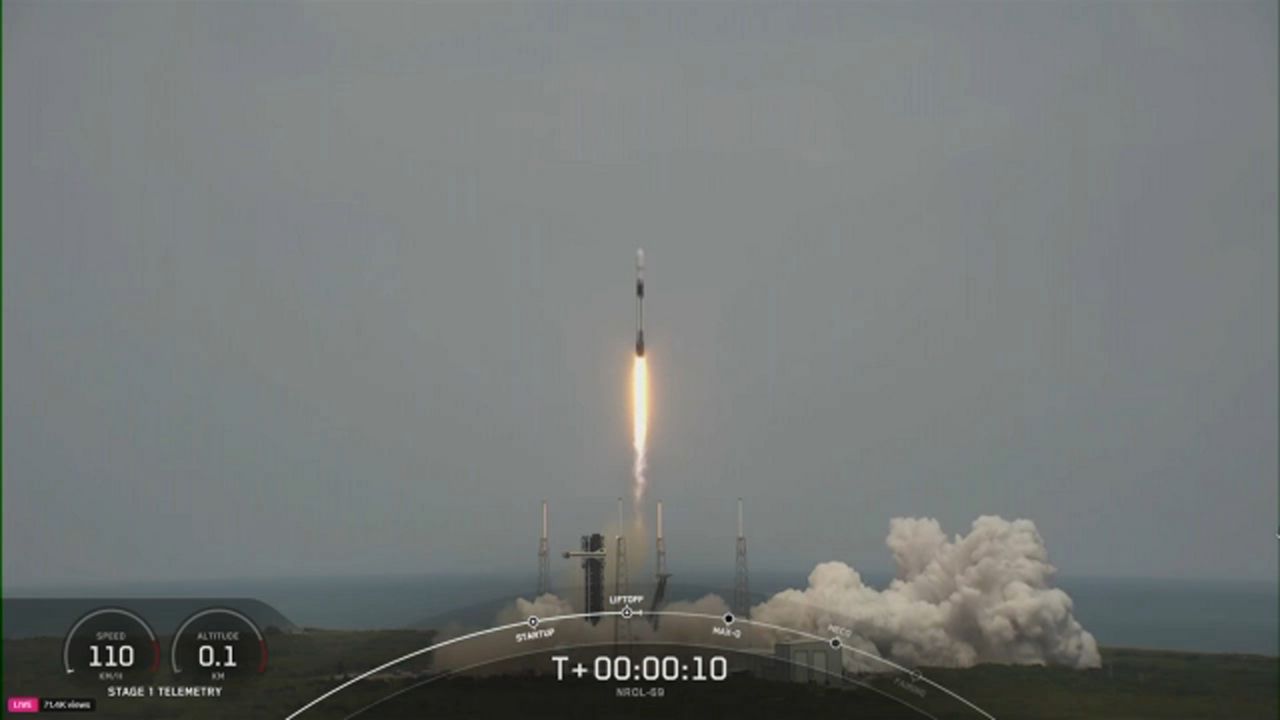FLORIDA — The SpaceX Dragon capsule returned to Earth in a splashdown off the Florida coast on Wednesday morning, the company announced.
What You Need To Know
- The spacecraft's splashdown off Florida's coast
- A SpaceX Dragon capsule that has been in space for 43 days undocked from the ISS Monday
- About 4,400 pounds of supplies and experiments returned with the Dragon
- RELATED coverage:
Splashdown of Dragon confirmed, completing SpaceX’s 26th cargo resupply mission to the @space_station!
— SpaceX (@SpaceX) January 11, 2023
At around 5:19 a.m. EST, the little craft carrying more than 4,000 pounds of experiments and whatnot landed with the help of six parachutes off the coast of Tampa, Fla., stated SpaceX and NASA.
The Dragon splashed down with the help of two drogue parachutes and four main parachutes.
NASA did not broadcast the splashdown. SpaceX did not provide a live feed of the return either.
SpaceX tweeted that once the Dragon has been collected by the company’s recovery team, the capsule and its contents will be transported by a helicopter to NASA, specifically to the Space Station Processing Facility at the Kennedy Space Center where researchers will begin collecting data, the space agency confirmed on Monday.
Once Dragon has been retrieved by SpaceX’s recovery team, the critical science aboard the spacecraft will be transported via helicopter to @NASAKennedy and provided to researchers
— SpaceX (@SpaceX) January 11, 2023
Ground controllers tracked its progress at SpaceX in Hawthorne, Calif.
SpaceX Dragon specs:
- Height: 26.7 feet tall
- Diameter: 13 feet fall
- Number of engines: 8
- Passengers: It can carry up to 7 people
- Parachutes: 2 drogue + 4 main = 6 parachutes
On Monday at 5:05 p.m. EST, the Dragon named C211 undocked from the International Space Station’s Harmony module, a place it had called home for 43 days since November 2022. SpaceX sent up the capsule as part of its 26th Commercial Resupply Services (CRS-26) mission.
During that mission, it delivered more than 7,700 pounds of cargo, science equipment, experiments and supplies. But for the return trip to the little round Earth, the ISS’ crew packed about 4,400 pounds of supplies and experiments, NASA stated in a press release.
Countdown to splashdown
Experimenting in Space
NASA highlighted some experiments before SpaceX launched the Falcon 9 rocket carrying the Dragon from Launch Complex 39A at the Kennedy Space Center on Nov. 26.
Some of the experiments were growing tomatoes in space, moon testing kits and Falcon goggles.
However, the space agency listed the following experiments that are expected to return on Wednesday and they come from different missions, not from CRS 26:
- Radiation vest: The Astrorad vest was worn by crew members and it is designed to protect astronauts from high doses of radiation from random solar particle events.
- Plant chambers: Called XROOTS (short for eXposed Root On-Orbit Test System), these chambers use different techniques to grow plants without soil.










